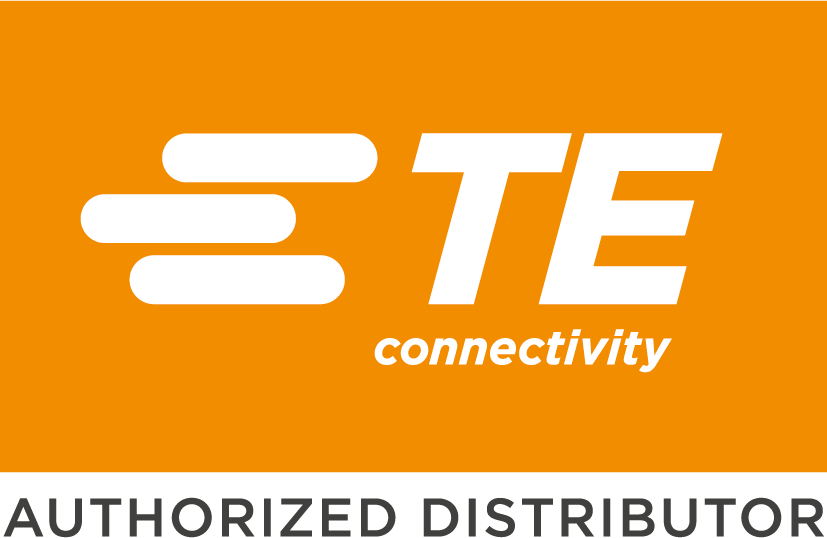
TE Connectivity
TE Connectivity is a global technology company that designs and manufactures connectivity and sensor solutions for a wide range of industries, including automotive, industrial, aerospace, defense, and telecommunications. The company's product portfolio encompasses connectors, sensors, antennas, relays, and other components critical for enabling connectivity and data transmission. TE Connectivity is renowned for its commitment to innovation, quality, and reliability, and its products are integral to various applications, from automotive electronics to advanced aerospace systems. With a strong focus on customer satisfaction and technological advancement, TE Connectivity continues to be a trusted provider of essential connectivity solutions on a global scale.
Structural, Motion Hardware
Results:
1
Series
Type
Specifications
Results remaining:1
Applied Filters:
TE Connectivity
About Structural, Motion Hardware
Structural and motion hardware play a crucial role in the construction of frameworks and attachment points for both stationary and moving devices, including motors, controllers, gantries, and similar equipment. These hardware components encompass a diverse range of items, such as brackets, fasteners, connectors, rails, bearings, and other structural elements. They are utilized to assemble robust and reliable structures that provide support, facilitate movement, and enable the proper functioning of various mechanical and electromechanical systems. When designing and selecting structural and motion hardware, considerations include factors such as load-bearing capacity, compatibility with specific components, resistance to environmental conditions, and ease of installation and maintenance. Additionally, the choice of materials, such as steel, aluminum, or specialized alloys, is essential to ensure the required strength, durability, and corrosion resistance for the intended application. In both stationary and dynamic settings, these hardware components form the essential backbone of industrial and mechanical systems, ensuring stability, precision, and operational efficiency. Whether used in manufacturing facilities, transportation systems, or robotics applications, structural and motion hardware contribute to the seamless integration and reliable performance of diverse technological systems.

